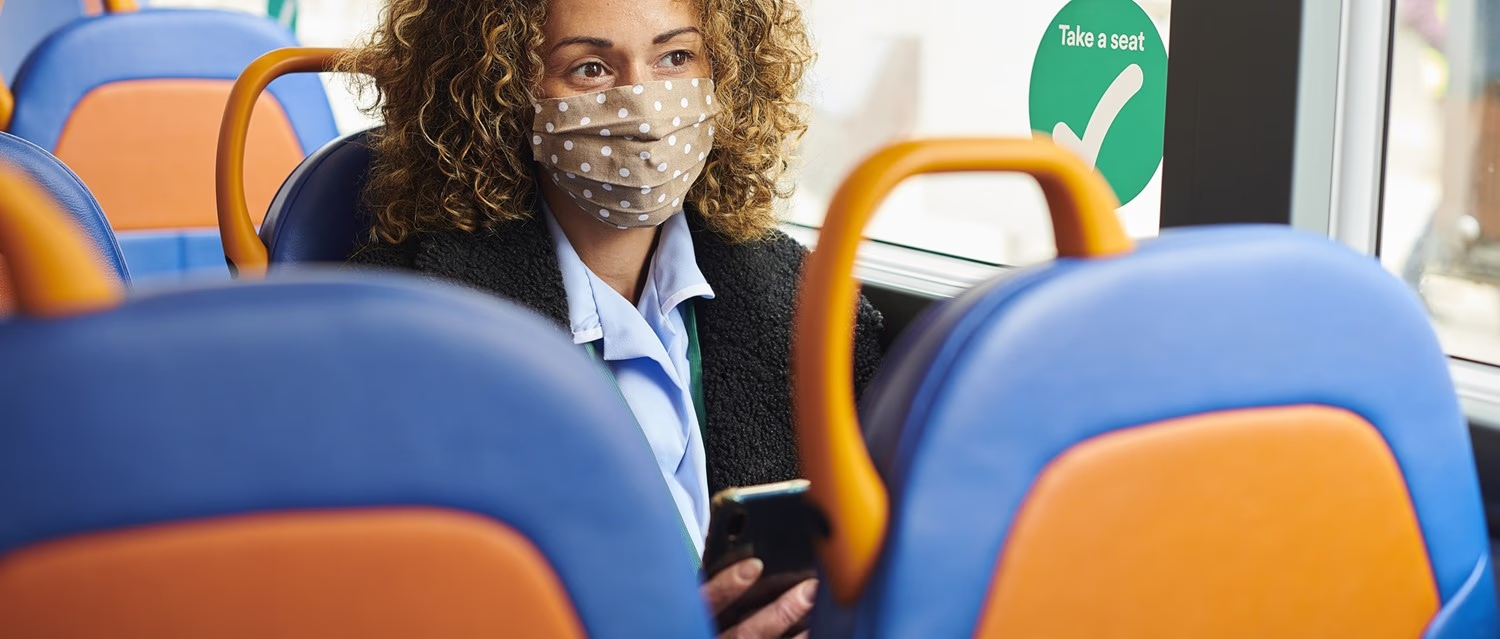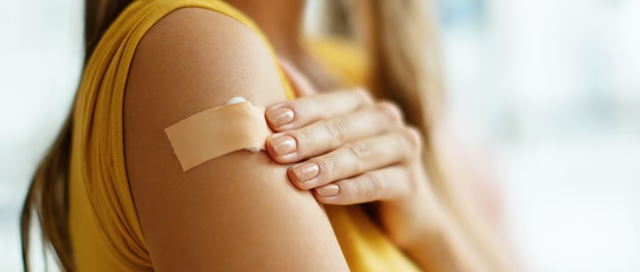
Test and trace: how does it work?
Peer reviewed by Dr Sarah Jarvis MBE, FRCGPLast updated by Abi MillarLast updated 29 Oct 2020
The campaign to download the NHS COVID-19 app is now in full swing. So how does the government's test and trace scheme work and what will downloading the app mean for you?
In this article:
As many countries have demonstrated, a functioning test and trace system is an integral part of fighting COVID-19. The thinking is simple - the quicker you can identify new cases, the more effectively infectious people can take themselves out of circulation and the quicker you can gain control of the virus. You can play a kind of 'whack-a-mole' with new, localised outbreaks, without having to resort to sweeping lockdown measures that affect the whole of society.
On 24th September, the government's test and trace app was finally launched after months of setbacks. Called NHS COVID-19, the contact tracing app is available across compatible smartphones in England and Wales, for users aged over 16. It is available in 10 languages (English, Welsh, Arabic, Bengali, Gujarati, Punjabi, Mandarin Chinese, Turkish, Urdu and Romanian). Scotland and Northern Ireland have their own apps.
Unlike some other countries, which have made their track and trace systems compulsory, the NHS app is voluntary. Nonetheless, it was downloaded 14 million times in its first week, representing about a third of all possible users.
It forms part of the NHS's wider Test and Trace programme, which has been in place since May. Under this scheme, people testing positive for coronavirus speak to a contact tracer or fill in an online form, giving details of who they have been physically close to. These people are contacted and asked to isolate.
Continue reading below
What does the NHS COVID-19 app do?
The app uses Bluetooth to determine how far away you are from someone else with the app. It uses an algorithm to determine risk. But generally speaking, if you're within two metres of somebody for more than 15 minutes, and they subsequently test positive for COVID-19, the app will send you an alert telling you to self-isolate.
Because the app is decentralised (the information is held entirely on your phone and there is no way of identifying who the advice has been sent to), this quarantine isn't legally enforceable. However, it's very important to obey its advice, to avoid infecting others. The app measures when you were last in contact with the person who has tested positive, and will advise you to self-isolate for 14 days from your last point of contact with that person, whether or not you develop symptoms.
By contrast, as of 28th September, anyone who fails to self-isolate after testing positive for the virus or being contacted directly by NHS Test and Trace will be landed with a fine up to £10,000.
The app also enables you to check into venues with a QR code - you can scan this code as opposed to having to leave your contact details. Within a couple of days of its launch, nearly half a million businesses had downloaded and printed QR posters that can be displayed in their premises. It means that if there's an outbreak associated with that venue, those who visited can be notified immediately.
If you come down with coronavirus symptoms (specifically a fever, a continuous cough or loss of your sense of taste and smell), the app will direct you to a website where you can book a test. This website is external to the app and no information is shared between the two, apart from a digital code which allows your result to be sent through to the app. That means positive test results will also be visible through the app, and you can share that data anonymously to notify anyone else who is at risk.
It's helpful to know you can pause contact tracing if need be - for example if you're storing your phone in a locker while going swimming, or if you have other protections in place like a Perspex screen or medical grade PPE.
Patient picks for COVID-19
How to set it up
Downloading the app is simple, so long as you have a compatible iPhone or Android device. On an iPhone, find the App Store and search for the NHS COVID-19 app, then use your Apple ID details or fingerprint to install. On an Android phone, do the same via the Google Play store. In both cases, you will need to check Bluetooth is switched on in your phone settings (if you turn off Bluetooth at any point, the app won't work).
Unfortunately, many older phones are not compatible with the app - you need Android 6.0 or iOS 13.5 and Bluetooth 4.0 or higher. That rules out the iPhone 6 for instance (it does work with the 6S). And if you've been ignoring your smartphone's pleas to 'install software update' for a while, this may add another 10 minutes on to the process.
When you register, you'll be directed to enter the first half of your postcode, and will be told the risk level of your local area (high, medium or low). You'll receive notifications as and when that risk level changes. You'll also be asked to enable COVID-19 exposure notifications. The app will continue to register notifications from other app users even when your phone is asleep, as long as your Bluetooth remains on.
Continue reading below
What about my data?
If you're concerned about privacy, the app is built on a completely decentralised model and designed to use as little personal information as possible: you're not even asked to enter your name. Any data that is provided from your phone will be anonymous and aggregated, meaning its source can't be identified. The app also has no way of tracking your location or monitoring whether you're self-isolating. Rather, it relies on random IDs that can be exchanged between users' devices, and which frequently regenerate.
In this regard, it is different from the original version of the app, which was trialled on the Isle of Wight in the summer. This version, which was quickly abandoned, used a centralised architecture in which people's anonymised data were held in an NHS database. Among other issues, questions were raised around a lack of transparency and uncertainty about what would be done with the data. The new version avoids these pitfalls.
Is it effective?
Regarding effectiveness, clearly the system won't work perfectly unless everyone in England and Wales downloads it. Sage, which advises the government, has said that at least 80% of those contacted by Test and Trace would need to self-isolate in order for the system to function as it should. Uptake of the app is unlikely to be anywhere near this high, in part because of the issues with incompatible smartphones.
However, research suggests that contact tracing apps have an impact at all levels of uptake. A study published in April found that if 80% of smartphone users - 56% of the overall population - used a contact tracing app, this would be enough to suppress the pandemic on its own. "Even with lower numbers of app users, we still estimate a reduction in the number of coronavirus cases and deaths," wrote the study authors.
This means downloading the app is definitely worth your while, if you have a device that supports it. It's an essential part of managing your own risk and keeping those around you safe. Further information and assistance is available at https://www.covid19.nhs.uk/.
Article History
The information on this page is written and peer reviewed by qualified clinicians.
29 Oct 2020 | Latest version

Feeling unwell?
Assess your symptoms online for free

